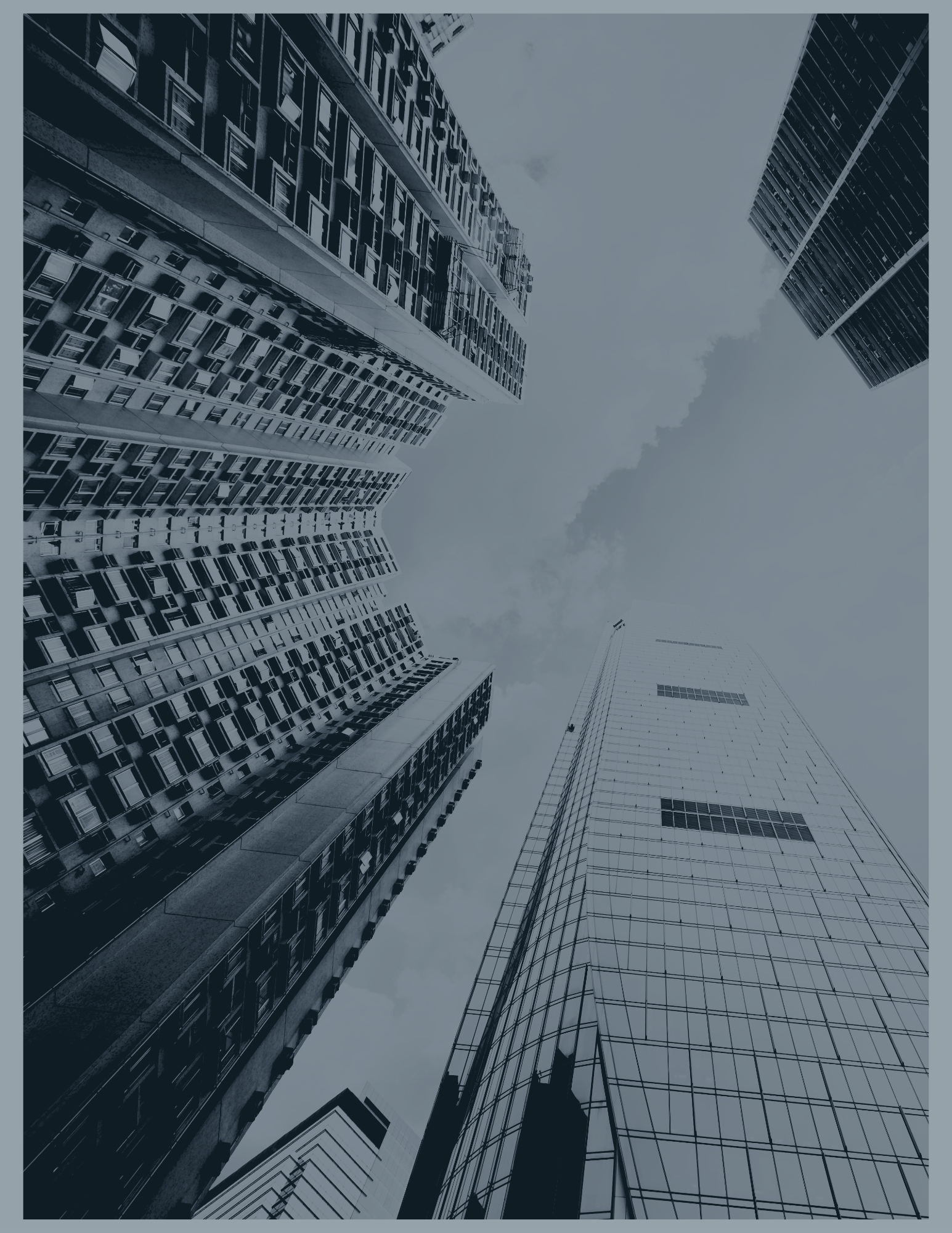Maximize Tax Benefits with Qualified Opportunity Zones
Discover how to deter capital gains taxes, achieve tax-free growth, and revitalize communities through strategic investments in America’s 8,700+ designated Opportunity Zones.
Understanding Opportunity Zones:
Tax-Advantaged Investment Districts
Created by the 2017 Tax Cuts & Jobs Act, Opportunity Zones are economically distressed communities where new investments may qualify for preferential treatment. These 8,762 designated zones span all 50 states, covering approximately 18% of U.S. land.
Opportunity Zones target areas with high unemployment, low income, and significant potential for economic development. With an estimated $6.1 trillion in unrealized capital gains in America (3.8T from households, $2.3T from corporations), these zones represent an unprecedented intersection of tax advantages and community impact.
Three Powerful Tax Benefits of Opportunity Zone Investments
Defer Recent Capital Gains
Postpone taxes on capital gains realized within the last 180 days by investing in Qualified Opportunity Funds (QOFs). This applies to gains from stocks, real estate, businesses, and other investments.
Tax-Free Growth
Most significant benefit: pay ZERO capital gains tax on the appreciation of your QOF investment when held for at least 10 years. This complete elimination can dramatically increase overall returns.
Extend Deferral Period
Defer paying taxes until December 31, 2026, providing significant tax planning advantages and the ability to keep capital working for you longer.
Time-Sensitive Opportunity: Act Before Benefits Expire
Window Closing on Tax Benefits
Many Tax Cuts & Jobs Act provisions expire in 2025-2026:
Individual tax rates will increase (39.6% returns)
20% qualified business income deduction expires
Estate tax exemption reverts to lower level
Bonus depreciation phases out
QOF Investment Process
Invest eligible capital gains in a Qualified Opportunity Fund within 180 days of realization
QOFs must hold at least 90% of assets in Qualified Opportunity Zone property
Partnership K-1 gains offer flexible 180-day investment windows
New investments in QOFs will only be accepted until December 31, 2026
Key QOZ Changes in the One Big Beautiful Bill Act (OBBBA)
On July 4, President Trump signed H.R. 1, the OBBBA, a sweeping 870-page law that makes major updates to the Qualified Opportunity Zone (QOZ) program. Here are the seven most notable changes:
Program Extended Indefinitely – No more 2026 sunset. QOZs will be re-designated every 10 years by governors and the Treasury.
Rolling Deferral + 10% Step-Up – Gains are deferred for 5 years, then get a permanent 10% basis step-up. The old 7-year 5% bonus is gone.
Stricter Zone Eligibility – After 2026:
Income cap lowered to 70% of area median income (down from 80%).
Tracts over 125% of area median can’t qualify.
Contiguous tract and Puerto Rico blanket designations repealed.
New Rural Opportunity Funds (QROFs) – Rural-focused funds with enhanced benefits:
30% basis step-up after 5 years (vs. 10% for regular QOFs).
Easier “substantial improvement” rule (50% reinvestment vs. 100%).
30-Year Gain Elimination Cap – Post-10-year sales keep benefits, but step-up freezes at year 30.
New Reporting + Penalties – QOFs and QOZ businesses must provide detailed data to the IRS. Penalties up to $10k–$50k for non-compliance.
Effective January 1, 2027 – Most provisions kick in after December 31, 2026, giving time for guidance and preparation.


